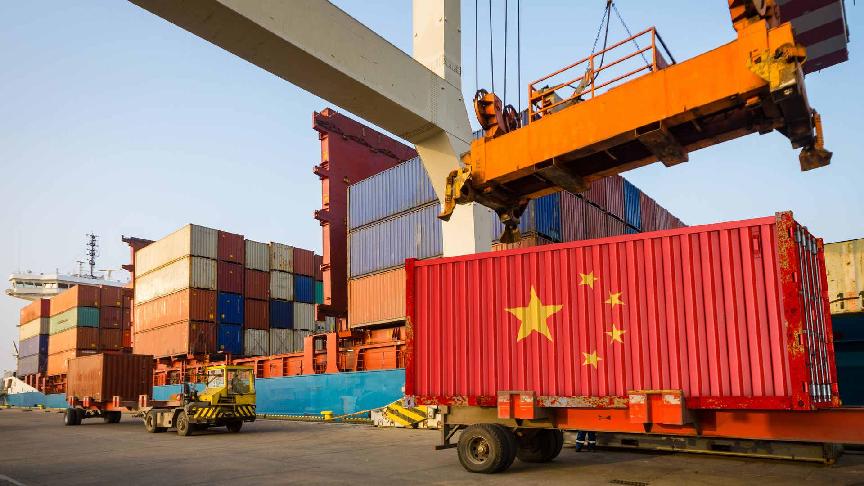Great attention has been placed on the shift to low-emission fuels in the maritime industry to achieve climate change goals. While using greener fuels is very important to fulfil long-term goals, companies can start reducing their carbon footprint by improving the efficiency of ships.
A new study by University Maritime Advisory Services (UMAS) highlighted that IMO efforts have focused on fuel transition, while emission reduction requirements for this decade can mostly be unlocked with efficiency.
Jean-Marc Bonello, Principal Consultant at UMAS, says, “(…) significant gains in energy efficiency through technologies, including wind assist, and operational measures are needed this decade to start reducing GHG now. There are well-known options that will not see significant uptake without much stronger regulatory and voluntary focus and attention.”
About the available options, the study found a 34-40% increase in a ship’s energy efficiency could be achieved in multiple ways that are not directly linked to the type of fuel a ship uses. These include using slow steaming strategies, larger vessels, wind assistance and energy efficiency technologies.
Slow steaming, for instance, “can create large reductions in GHG intensity,” the study claims. Similarly, deploying larger ships saves costs and improves efficiency and intensity. In addition, both older vessels and newbuilds can be equipped with technologies that employ wind power and reduce the need for propulsion. Other technologies, such as coatings, air lubrication, ship maintenance for efficiency, propulsion optimisation and waste-heat recovery, can also be added to newbuilds and existing fleets.
The study further explored the current low-emission fuel market. One of the interesting finds is that the usage of LNG – while effective in the long run - is “irrelevant to the GHG reductions achieved in 2030.” The main reason is that “without action in the 2020s, the [LNG] scale-up will not enable the deeper GHG reductions required by 2040,” claims UMAS. Alternatively, the study suggests giving more attention to hydrogen-derived fuels’ supply chain development this decade to see an effect by 2030.







